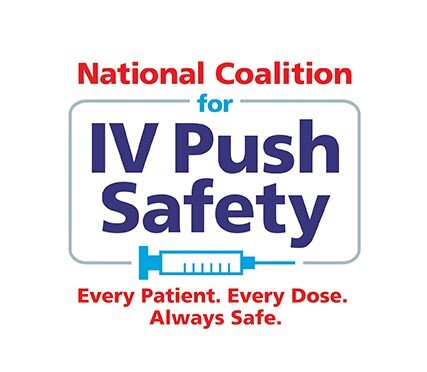Wondering how you are supposed to dilute or reconstitute IV push meds if you don’t use a prefilled saline syringe?? Wonder no more, read further for the best practice procedures here.
Many nurses believe that they cannot control the rate of administration of small volume medications. You do not need to slowly inject the drug because the small volume is still in the IV tubing – that is why the rate of the flush is critical to control the rate of administration. The second flush being administered at the same rate of the medication will properly control the rate of administration. Read more here.
While the need to administer an IV push dose of regular or rapid acting insulin is rare, it is often urgent/emergent. Thus, a defined procedure should be established to ensure that supplies are readily available, and the process is uniform and safe.
Is pH a reason to dilute IV push medications? Read further to find out the facts…about pH.
Dilution of injectable opioids is unnecessary and can lead to serious medication errors. Read further for more info on safe injection practices.
Push-Dose-Pressors especially EPINEPHrine can be a useful adjunct for hemodynamic support when a patient crashes. Novel use of drugs can be a high risk practice so read further for guidance.
In the absence of consistent, evidence-based policies, procedures, and information to guide nursing practice, we as a profession, seem to be filling in the gaps with opinions. Of course, the reality with opinions is that everyone has one, and everyone else’s is wrong. Let’s stick with facts about IV push medications.
Nursing education is the foundation of nursing practice and we challenge all those involved in nursing education to commit to teaching our future nurses safe practice guidelines for the administration of IVP medications and to eliminate out dated drug reference guides in their teaching environments.










Don’t let the saline flush and vial shortage put your practice in peril. Read further for strategies to manage the shortage.